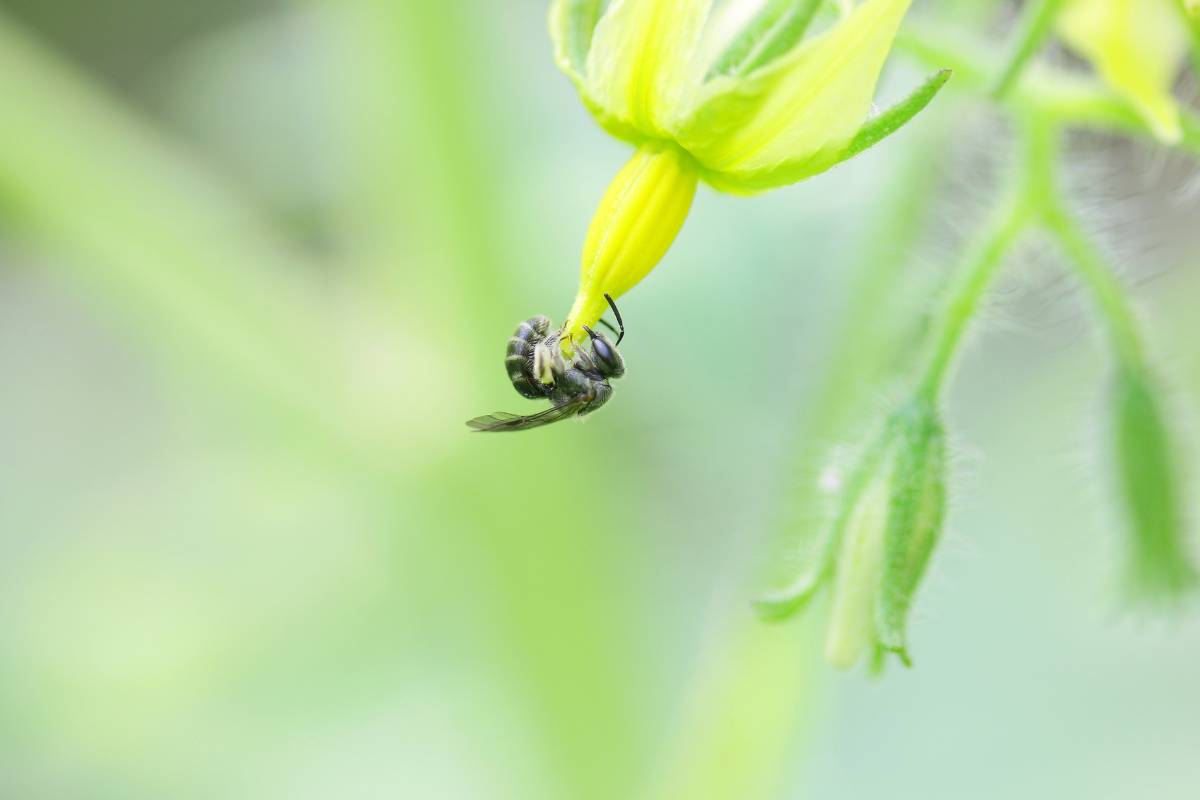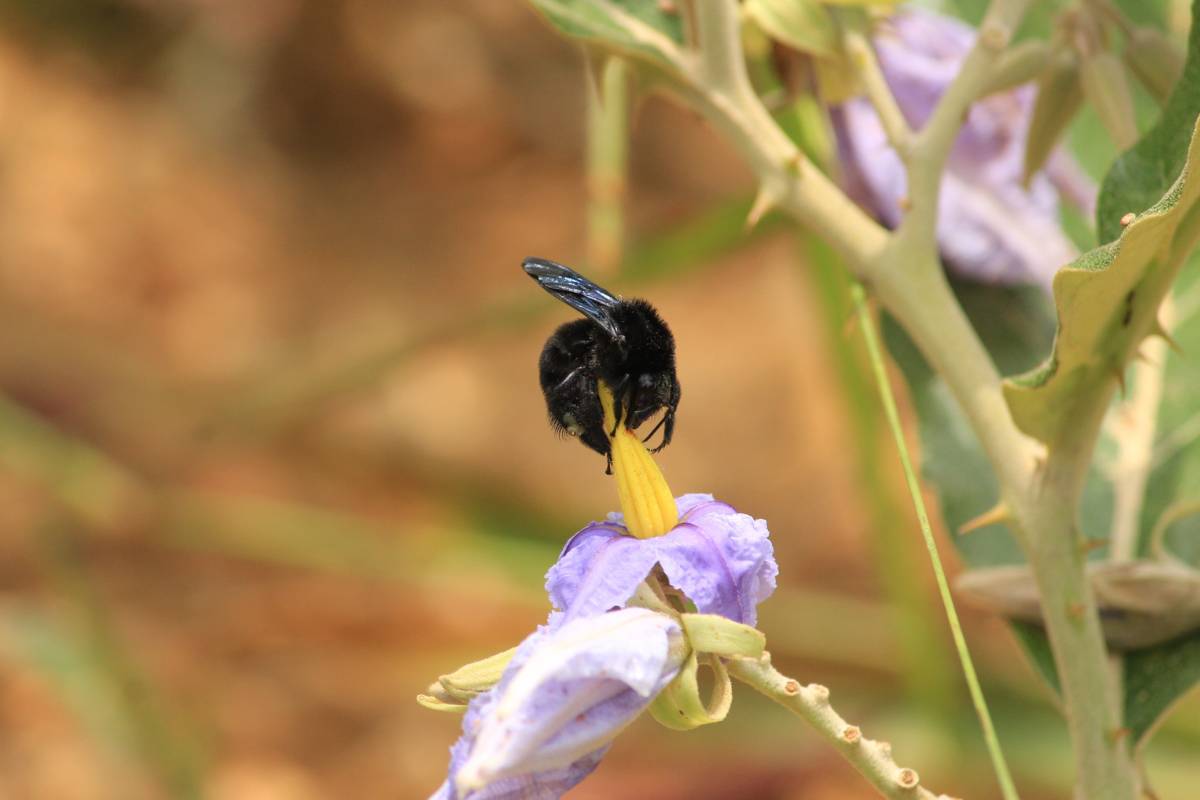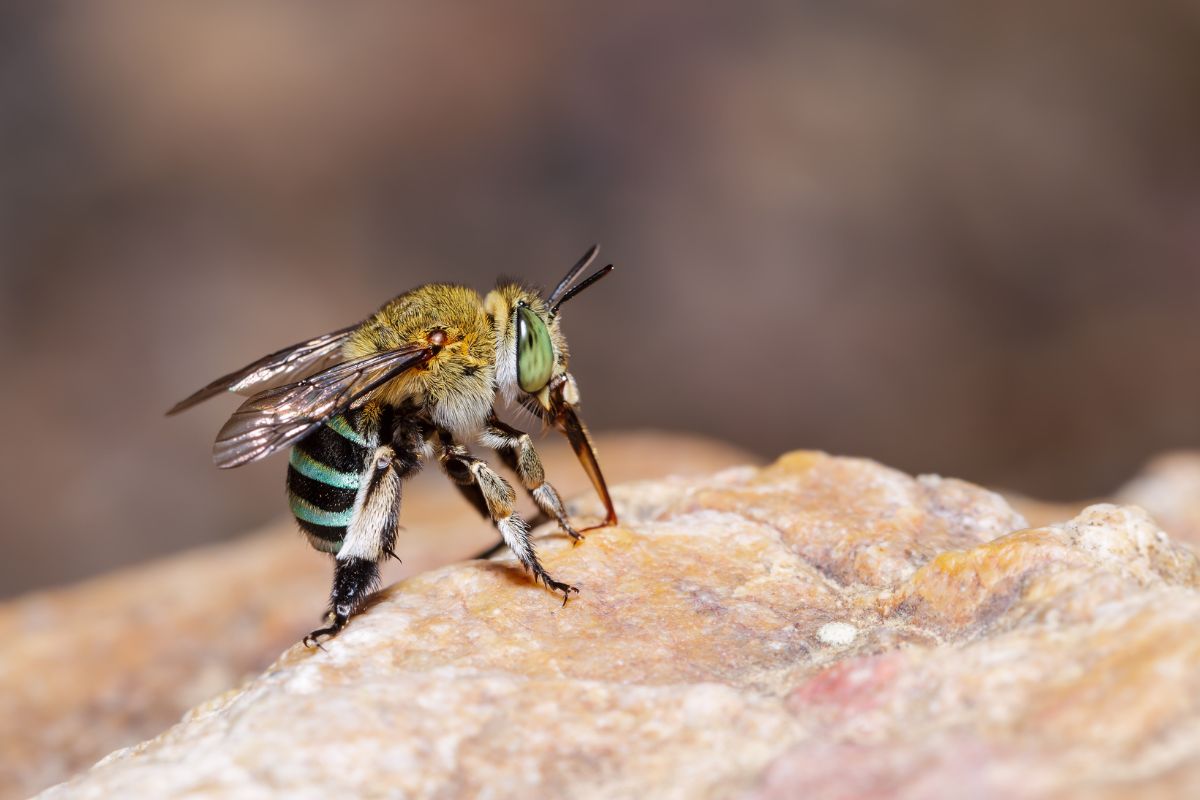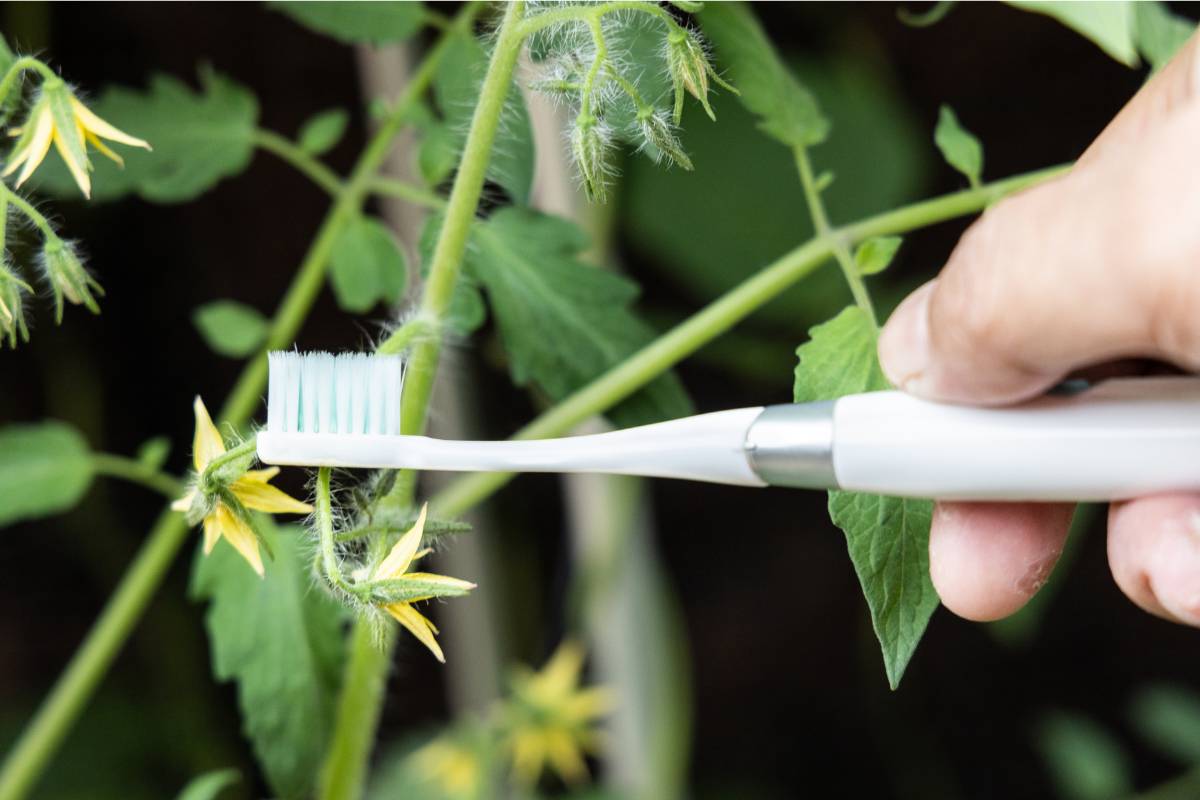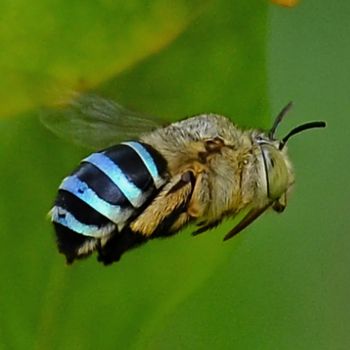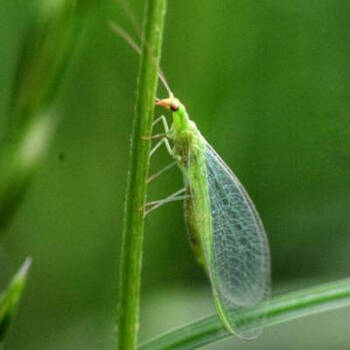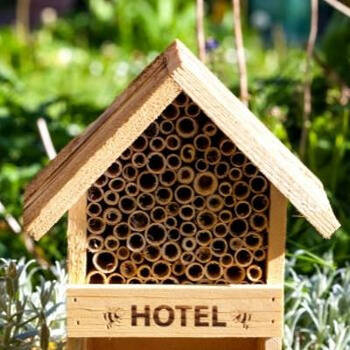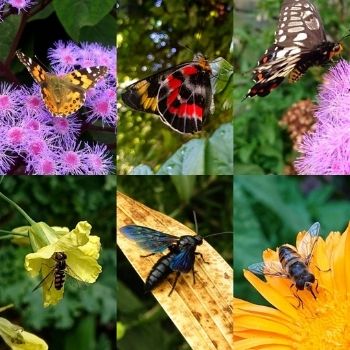When we think of pollination, we often envision bees busily buzzing from one flower to another, transferring pollen and collecting nectar as they go. But there's a fascinating pollination technique that goes beyond the ordinary. It's called buzz pollination, and it involves a mesmerising dance performed by Australian native bees and other insects.
Let’s explore the world of buzz pollination to discover what it is, which plants depend on it, which insects make it happen and how to attract them to your garden.
What is Buzz Pollination?
Pollination is essential for the reproduction of many common fruits and vegetables. It involves the transfer of pollen from the male part of a flower to the female part.
Buzz pollination is a specialised form of this process. Instead of moving pollen from flower to flower on their bodies, the pollen is released when flowers are vibrated at high speed (or ‘buzzed’). A gentle breeze is often enough to release the pollen, but in other cases the specialised actions of some bees will trigger the pollen’s release.
Imagine a flower as a salt and pepper shaker, with pollen hidden inside. Buzz pollination occurs when bees create vibrations to shake the pollen out of the flower through tiny pores in the anthers.
Plants That Rely on Buzz Pollination
More than 24,000 species of plants, or around 8% of the world's flowering plants, depend on buzz pollination. Among these are popular vegetables like tomato, eggplant and chilli, fruits such as blueberry and kiwifruit, and numerous Australian native plants including hibbertia and dianella. The flowers of these plants tend to have fused anthers (the part of the flower that contains the pollen) with only a small opening where pollen can be accessed.
Buzz Pollinators: Not All Bees Are Created Equal
Interestingly, honey bees cannot perform buzz pollination, but bumblebees can. They do this by holding onto the flowers with their mandibles and activating their flight muscles without moving their wings. This action creates the vibrations that allow pollen to be released and transferred to the female parts of the same flower, or carried to other flowers. If you’re observant, you may hear a different type of buzzing sound when the bee’s flight muscles are engaged. Though bumblebees are found in Tasmania (where they are considered a pest species) and New Zealand, they are not established in mainland Australia.
Luckily, several species of native bees are also buzz pollination masters. These include blue banded bees (Amegilla cingulata), teddy bear bees (Amegilla bombiformis) and carpenter bees (Xylocopa sp.). Blue banded bees have a different buzz pollination technique to bumblebees, rapidly banging their heads on the flower's anthers an amazing 350 times per second. This method is so effective at releasing pollen, scientists are investigating using blue banded bees in greenhouses to pollinate commercial crops of tomatoes.
Attracting Buzz Pollinators to Your Garden
To support these essential pollinators in your garden, consider growing native plants, providing a source of fresh water, and leaving leaf litter where native bees can breed and forage. Many native bees nest in the ground, so leaving an undisturbed area of mulch or leaf litter is helpful. Planting companion flowers among your vegetables can also help attract native bees.
Lending a Helping Hand
If pollination by natural methods is ineffective, gardeners can lend a hand to plants that rely on buzz pollination. Use an electric toothbrush placed gently on flower stems (not the flowers themselves) for a few seconds every two to three days to mimic the vibrations that release pollen from the flowers. Alternatively, try the same technique but with a mobile phone alarm placed on ‘vibrate’, holding the phone against the stem of the plant.
Buzz pollination is an interesting phenomenon, demonstrating the diversity that occurs in the natural world. The next time you observe a bee engaged in its buzz pollination dance, take a moment to appreciate the wonders of nature unfolding in your garden.
